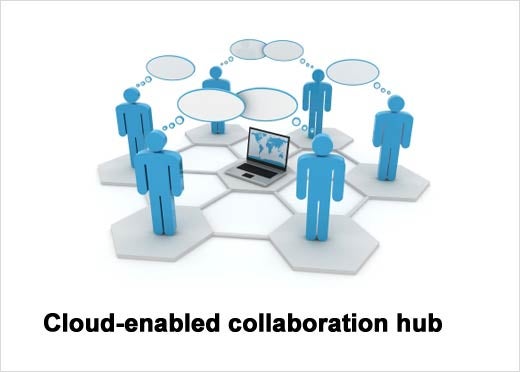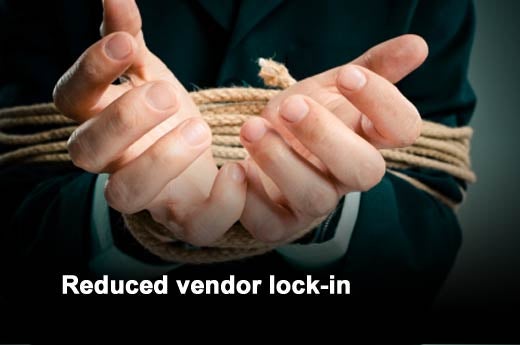Exploding IT infrastructure costs are fueling the fast-growing marketplace for software-as-a-service (SaaS) as an alternative to traditional software. Chief amongst the IT infrastructure costs targeted by SaaS are large expenses for custom code integration and support to deploy and operate enterprise identity software.
The economic benefits of SaaS grab most of the attention. However, SaaS delivers benefits beyond financial. Cloud-based identity offers breakthrough capabilities simply not available as software regardless of price. Further, due to the evolution of the technology landscape, a new cloud-native architecture is required to manage identity. A cloud-native architecture is one that does not rely on plug-ins, agents, federation kits or software of any kind to be installed and run on third-party SaaS providers’ servers.
This slideshow features 11 benefits, identified by Symplified, that can be found in cloud-based identity management.
Click through for 11 benefits found in cloud-based identity management, as identified by Symplified.
Identity delivered as a network service rather than siloed software can share capabilities that are added to the network itself. For instance, as more identity integrations are made to cloud systems like SaaS apps, these are available to all the network subscribers. Using the network to distribute new features, integrations and third-party capabilities is unique to the SaaS model.
SaaS increasingly is being used as an Internet hub to connect virtual networks of trading partners, suppliers and distributors. Being located in the cloud provides an ideal venue for adding new types of connections so essential in identity.
SaaS services are built to be cloud-ready from the start, whereas legacy software was built for use within the firewall. By avoiding the use of Web server plug-ins, agents, federation toolkits and other software APIs, SaaS’ “no software” architecture provides an easy, loosely coupled approach to integration that works for the cloud.
Network services free companies from the constraints of inflexible infrastructure and brittle systems that resist change and limit choices.
SaaS lowers business risk with a service-business model. There is no shelfware, no overstated claims of functionality. Unlike licensed software, a subscription can be canceled if expectations are not met.
Vendors have less control with SaaS because there’s less investment in the solution. No costly integration with multiple systems, just an easy path to scalability.
24×7 monitoring and availability with experts available on demand. SaaS expertise typically exceeds in-house talent. SaaS shields your organization from problems arising from churn.
SaaS companies realize they lose business if a customer’s expectations are not met. Therefore, SaaS companies typically offer strong, highly rated support programs.
Avoid complicated and expensive application upgrades with months of preparation, integration and phases. SaaS upgrades have minimal upgrade disruptions.
Companies outgrow their business applications. SaaS flexibility supports application ad vendor changes without scrapping capitalized software and hardware investments. You are free to periodically reassess your business needs with changing conditions.
With SaaS, it’s easy to arrange a “proof of concept” trial to lower the risk of a new software deployment.














